India is a colorful swirl of diversity and cultures that continuously amazes and mesmerizes visitors.
From ancient cultural and historical sites to world-class museums, exciting architecture, and exotic foods, India is a great place to visit and enjoy all the sounds, smells, and tastes that pack the streets.
The cities across India are vastly different, so you get a different feel and experience in each location.
However, like all other countries, India has problems despite being a generally safe place to visit.
India’s national crime rate is 383.8 incidences per 100,000 individuals, which is a good ranking.
However, it doesn’t mean you shouldn’t be on guard and avoid certain places.
To learn more about the most dangerous cities in India, keep reading!
Contents
10 Most Dangerous Cities in India
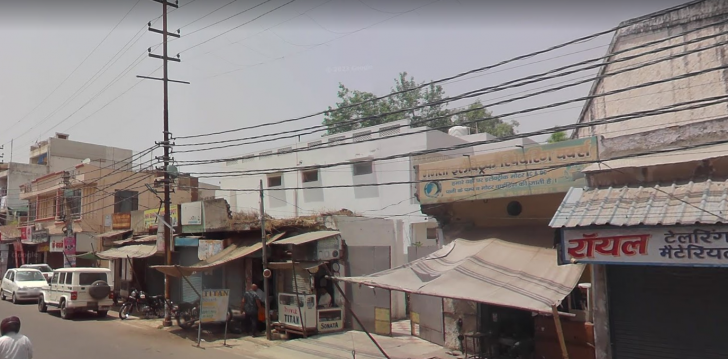
Ten: Ghaziabad – 699
Ghaziabad, a city in Uttar Pradesh, part of the Delhi metropolitan area, tops the list of the ten most dangerous cities in India.
With a population of 1.7 million, Ghaziabad is the largest city in western Uttar Pradesh and has a crime rate of 699 incidences per 100,000 people.
While this crime rate is the lowest on this list and the risk of a problem is low, that doesn’t mean you can take down your guard when visiting.
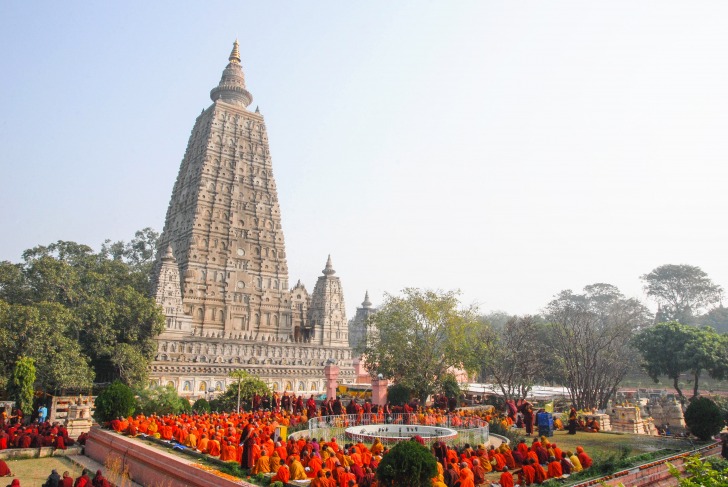
Nine: Patna
Sprawling along the south bank of the Ganges River, Patna is the state capital and home to the Bihar Museum, a landmark with bronze sculptures and old local coins.
Nearby is the Indo-Saracenic Patna Museum, which is said to contain a casket that holds the Buddha’s ashes.
Patna is a very cultural and religious destination with some petty crime issues.
With the total number of crimes per 100,000 people being 873, visitors should look for scam artists and anything suspicious.
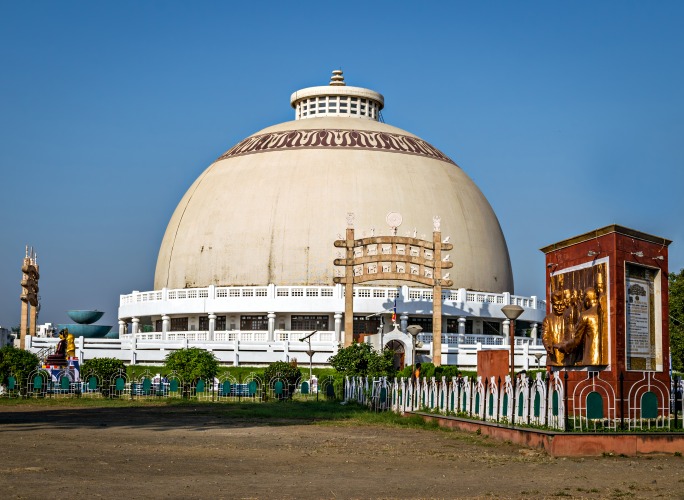
Eight: Nagpur
As the largest city in Maharashtra, Nagpur boasts an excellent 19th-century Nagpur Central Museum, which displays local Mughal weaponry, sarcophagi, and various fossils.
The Raman Science Center boasts a planetarium and hands-on exhibits.
Stiabuldi Fort was the site of an 1817 battle and still stands proud, protecting the city today.
While Nagpur is a more family-friendly destination, it’s with issues.
The town experiences 892 crimes per 100,000 people, which is not a terrible rating, but you must be vigilant when exploring.
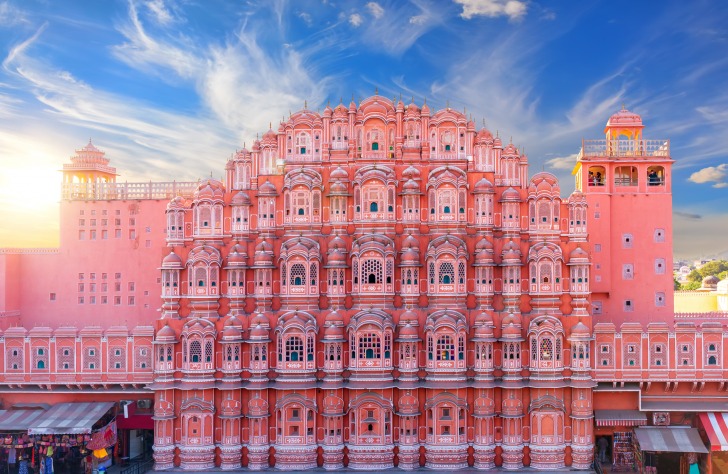
Seven: Jaipur
With the number of crimes being 1,026 incidences per 100,000 citizens, Jaipur has made this list top 10 lists for a reason.
The most common crimes are:
- Petty thefts like pickpocketing.
- Keeping your belongings in sight.
- Not flashing expensive items publicly.
However, just because Jaipur is number seven doesn’t mean you shouldn’t visit.
The pink city was founded in 1727 because of the building colors, and the city was once home to the royal family that ruled the region.
The other most important site is the City Palace complex, which houses a museum, courtyards, and gardens, still part of the royal residence.
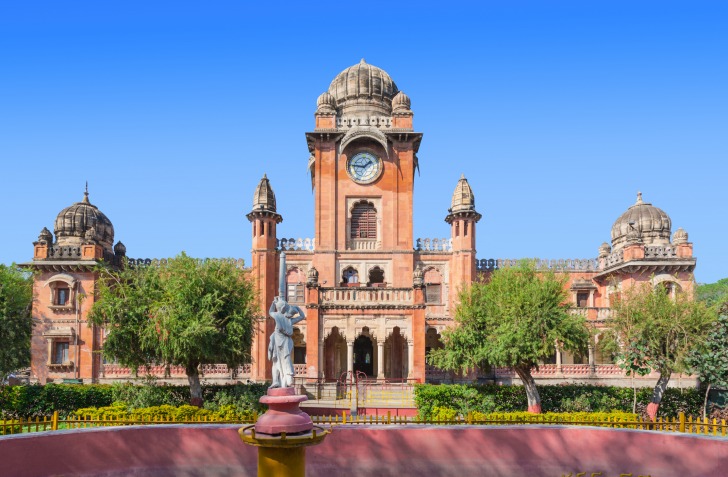
Six: Indore
The west-central Indian city of Indore is known for the massive Lai Baag and Rajwada Palaces, dating back to the Holkar Dynasty from the 19th-century Holkar dynasty.
The rules are honored with tombs at the Chhatri Baag.
Other attractions include the Sarafa Bazar night market, which boasts food carts, the Indo-Gothic Gandhi Hall, and the stunning clock tower.
Additionally, the Kanch Mandir Jain temple must have a mirrored interior mosaic.
While there are plenty of sites to see in Indore, keeping your belongings in sight and knowing your surroundings is essential since the city has a crime rate of 1,109 per 100,000 people.
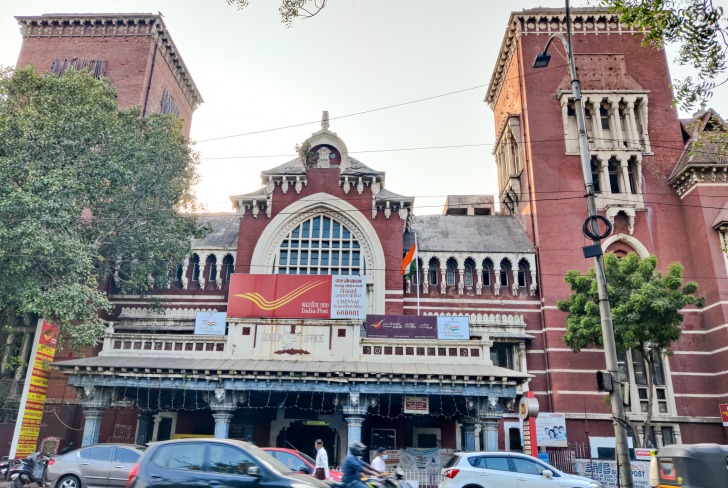
Five: Chennai
Located on the Bay of Bengal in the eastern part of the country, Chennai is home to Fort St. George, a former British military garrison, which is now a museum.
Popular religious sites include the 17th-century Anglican church called St. Mary’s and Kapaleeshwarar Temple.
The dark side of Chennai is the crime rating of 1,325 crimes per 100,000 individuals, which isn’t enough to avoid the city, but you must be vigilant and cautious when visiting.
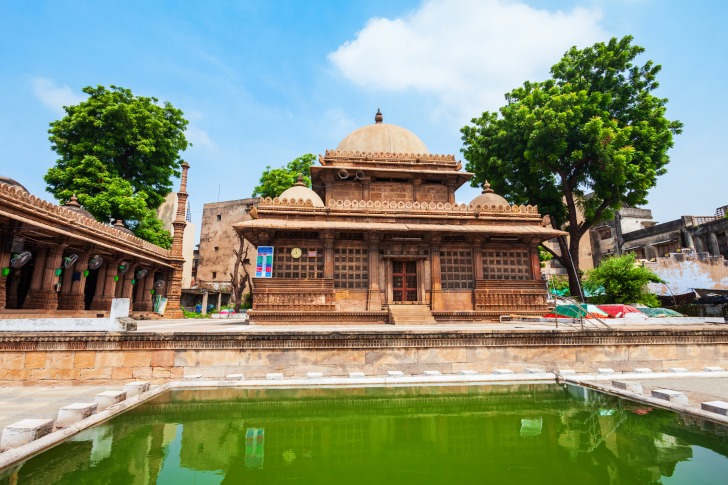
Four: Ahmadabad
Located in western India, Ahmadabad is the largest city in Gujarat state.
The Sabarmati River runs through the city’s center, with the Gandhi Ashram at Sabarmati located on the west bank.
This site displays Ghandhi’s artifacts and meager living quarters.
On the other side of the river is the Calico Museum of Textiles, a cloth merchant’s mansion.
While Ahmadabad is an exciting city to visit, be aware that it has a crime rating of 1,519 crimes per 100,000 individuals.
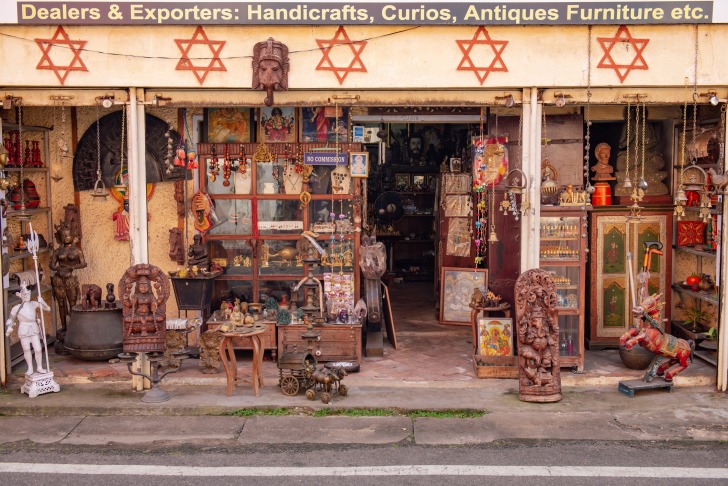
Three: Kochi
Located in the southwest coast state of Kerala, Kochi has been a port city since 1341 when an enormous flood carved out the harbor.
This natural disaster opened the area to European, Chinese, and Arab merchants.
Fort Kochi is a site that reflects these diverse influences, as seen in the diverse houses of worship and tiled colonial bungalows.
Also, the fishing industry has used cantilevered Chinese fishing nets for centuries.
Given that it’s a port town, Kochi is a transient place, with a crime rating of 1,604 incidences per 100,000 residents.
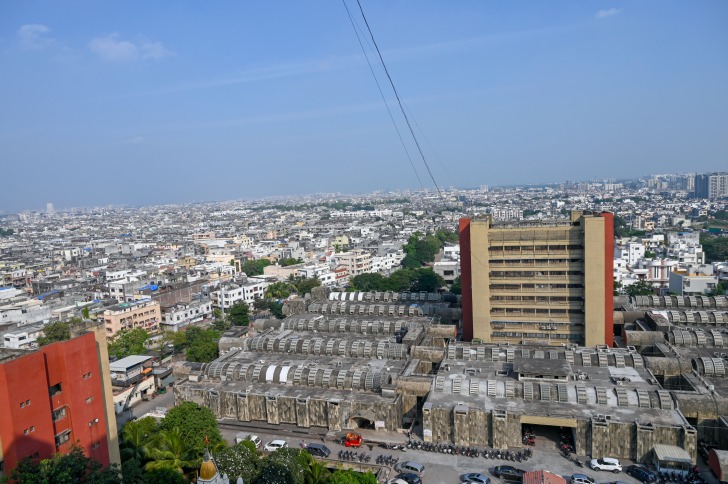
Two: Surat
Surat is a large city situated by the Tapi River in the western part of the country that was once a center for the silk weaving industry and continues to be a commercial textile center today.
The New Textile Market area boasts endless fabric shops, while the Surat Castle, from the 1500s, was built to defend the city from Portuguese invaders.
Despite these wonderful attractions, Surat is India’s second most dangerous city, with a total crime rating of 1,675 crimes per 100,000 people.
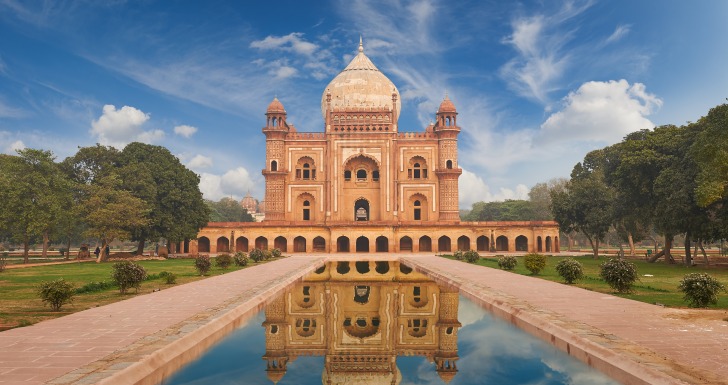
One: Delhi
With a crime rate of 1,859 incidences per 100,000 individuals, Delhi is the most dangerous city in India.
Given that the Delhi metropolitan area population was almost 33 million, it’s no surprise that there is a significantly higher crime rate here than in all other cities.
However, like any major city, follow your instinct, don’t flash valuables publicly, and be aware of your surroundings.
Delhi is so massive there are areas not to visit, so sticking to the tourist areas will help with safety.
In addition, the city has so many attractions, including the Jama Masjid mosque, Chandni Chowk bazaar, and the imposing Mughal-era Red Ford, to name a few.
5 Safety Tips for Traveling to India
Before heading across the pond to India, there are some safety tips to consider when visiting the overcrowded and bustling streets or quaint country villages, including:
One: Bring Traveler’s Diarrhea Tablets
One of the most common traveler experiences in India is the Delhi Belly.
Regardless of how careful you are, there are different bacteria in food and water in India, which equates to more toilet visits.
Help yourself by bringing traveler’s diarrhea medication before you need it.
Two: Dress Conservatively
While temperatures will be hot with high humidity, walking around in a low-cut top or mini skirt is inappropriate.
You don’t want to draw unwanted attention to yourself by dressing in a revealing manner.
Also, when visiting religious sites, bright log pants, shirts that cover the shoulders, and a shawl.
Three: Watch Out for Religious Scams
Many mosques and temples will pressure you to donate or buy a sacred item.
For instance, a holy man could wrap a string around your wrist, place a dot on your forehead, and then request money.
Visitors often feel pressured into paying money for fear of being disrespectful, but this is not a requirement.
If the price is too high for a local to do it, it’s not an actual spiritual offering, just a way to extract money from tourists.
Four: Watch for Pickpockets
Be on guard whenever you’re in a busy area to ensure your personal belongings are safe.
That means never care about essential items in your back pocket; keep them in a zippered or front pocket.
Also, don’t wear expensive jewelry or accessories in public.
Finally, when venturing out for the day, keep the expensive items to a minimum and only carry the necessities.
Five: Be Careful in the Country of Hazards
India is a developing country, so most cities have an excellent infrastructure to keep residents on the move.
However, when venturing into the country, especially mountainous areas, the roads may need to be better taken care of, if there are any roads at all.
This can create hazards and dangerous terrain, so knowing your route before going and what you can expect to encounter along the way is essential.
India Safety Overview
READ THE FULL REPORT: India Safety Review
Safety Index:
- OVERALL RISK: HIGH
- TRANSPORT & TAXIS RISK: MEDIUM
- PICKPOCKETS RISK: HIGH
- NATURAL DISASTERS RISK: HIGH
- MUGGING RISK: LOW
- TERRORISM RISK: HIGH
- SCAMS RISK: HIGH
- WOMEN TRAVELERS RISK: HIGH
Frequently Asked Questions
Which Indian state has the most kidnappings?
Uttar Pradesh, where part of the Delhi metropolitan area is located, had the most kidnapping, with more than 14,000 victims.
What is the safest city in India?
Despite its massive size, Kolkata is the safest city in India.
Nicknamed the City of Joy due to its vibrant multi-culturalism, Kolkata is a modern destination with old-world charms.
What is the safest city for women in India?
The following cities are the safest for women, which is especially important for solo travelers:
- Bangalore
- Chennai
- Coimbatore
- Kolkata
- Mumbai
- Pune
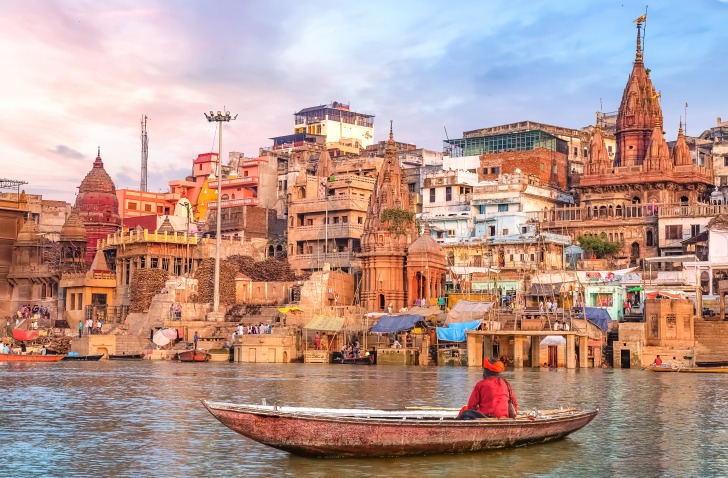
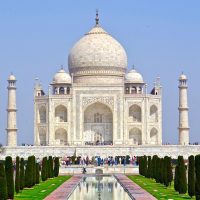










It’s crucial for everyone to be engaged in discussions about safety, as a collaborative approach can lead to positive changes and safer environments in these cities.
Many organizations and local initiatives are actively working to improve safety in these cities, which is a testament to the collective efforts to create safer communities.